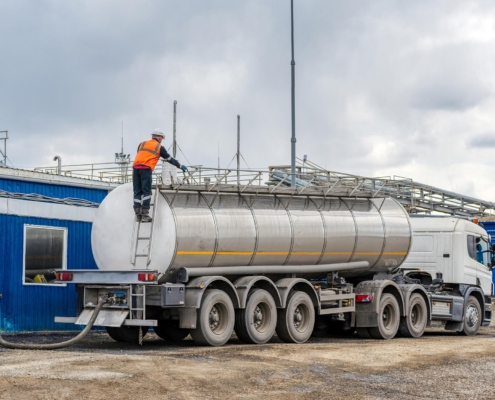Ensuring Optimal Performance With Regular Pneumatic System Maintenance
If your tank truck relies on a pneumatic system to load or unload product, there’s no room for mechanical guesswork. Pneumatic components like air compressors, valves, pressure tanks, and hoses all need to work in perfect sync. A leak, clog, or sudden drop in pressure can mean more than just inconvenience. This will eventually lead to product contamination, delivery failure, or even safety violations. That’s why consistent, proactive pneumatic system maintenance should be on every fleet manager’s priority list.





